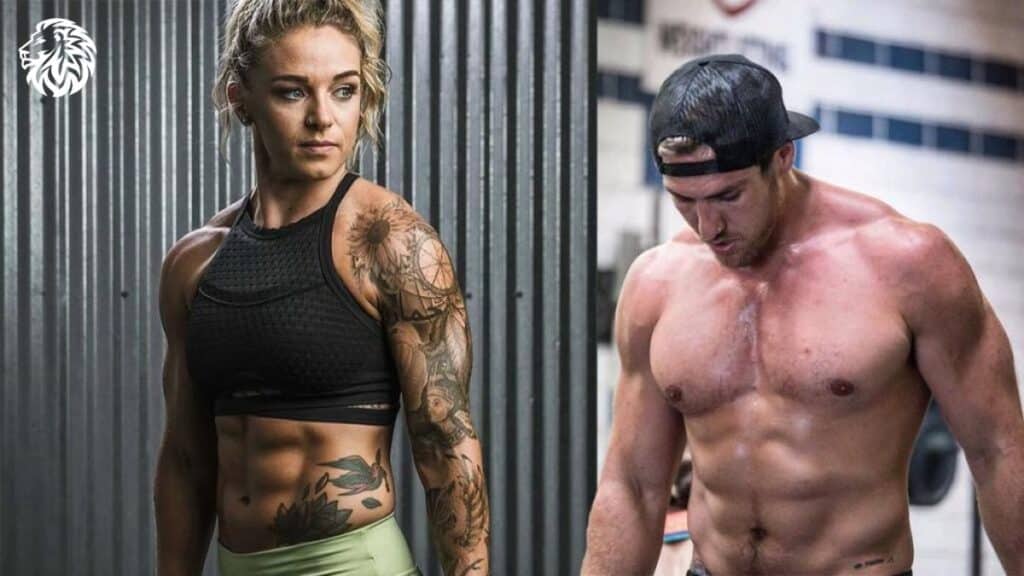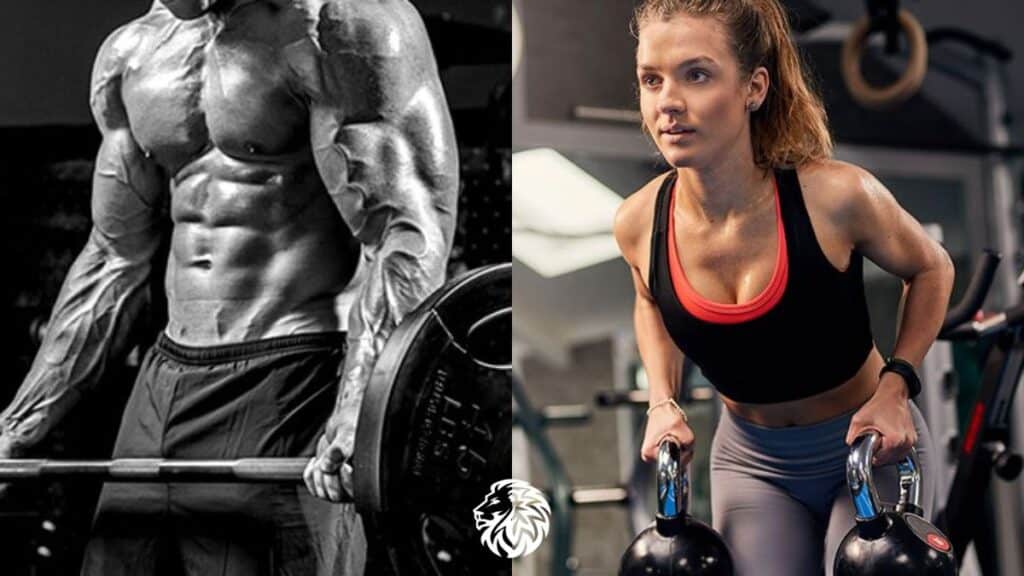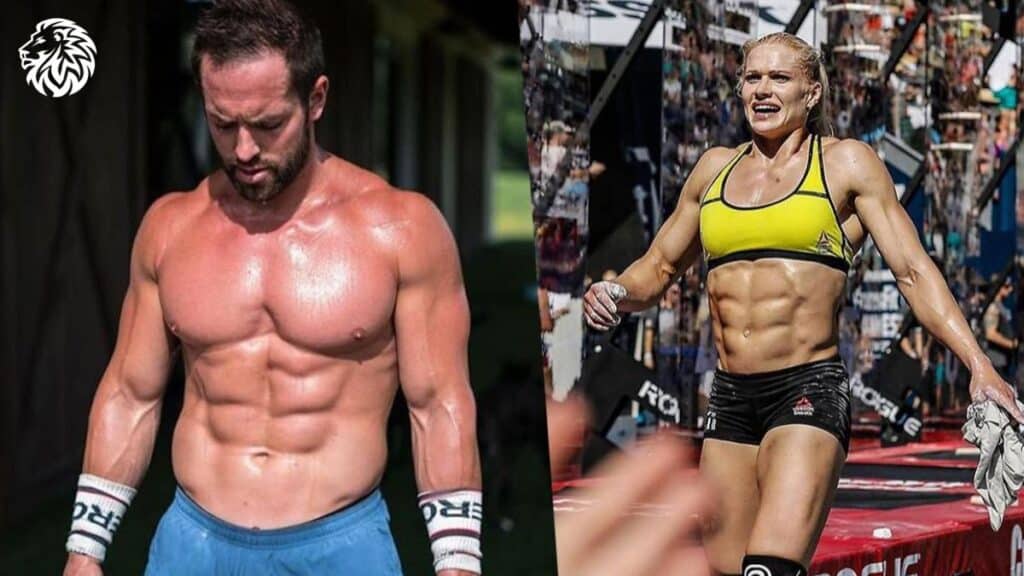Ah, the gym grind – we know it all too well. Sweating it out, day after day, adhering to top-notch workout plans, and maintaining a healthy diet. Yet, muscle growth remains elusive. Frustration mounts; spirits plummet. But don’t fret! We’re here to unravel the mysteries of stagnant progress and equip you with potent strategies to conquer these hurdles. In this piece, we’ll dissect three core culprits that might be stalling your muscle gains, bestowing practical advice for unlocking your full potential. So, without further ado, let’s dive in!
Key Takeaways
- Prioritize protein: Consume at least 0.8 grams per pound of body weight daily, varying with individual factors. Diversify sources for sustained amino acid supply.
- Caloric balance: Calculate daily needs, add 300-500 calorie surplus for muscle growth without excessive fat. Opt for nutrient-dense, well-rounded diets.
- Nutrition is key: Optimal muscle growth requires striking the right balance of nutrients for muscle repair, growth, and overall health. Focus on protein and caloric intake.
- Overcome obstacles: Unravel the mysteries behind stagnant muscle growth progress, conquer hurdles, and unlock full potential by addressing nutritional shortcomings.

1. Inadequate Nutritional Intake
Poor nutrition is one of the primary factors hindering muscle growth. To see optimal results, it’s essential to consume the right balance of nutrients that support muscle repair, growth, and overall health. The two critical aspects of nutrition that impact muscle development are protein consumption and caloric intake.
Insufficient Protein Consumption
A vital aspect of muscle growth is indeed nutrition – often the bane of many a fitness journey. Achieving that perfect balance of nutrients is paramount for muscle repair, growth, and overall well-being. Alas, two nutritional pitfalls tend to wreak havoc on muscle development: protein intake and caloric consumption.
- Strive for at least 0.8 grams of protein per pound of body weight daily, though individual factors such as age and activity level may cause variations.
- Diversify your protein sources to guarantee a steady influx of amino acids crucial for muscle development. Think lean meats, fish, eggs, dairy, legumes, and protein supplements.
Inadequate Caloric Intake
Calories: a double-edged sword in the quest for muscle growth. To effectively build muscle, an energy surplus is non-negotiable. Consuming more calories than expended is vital. Otherwise, the lack of energy leaves your body struggling to fuel muscle growth.
- Crunch the numbers to determine daily caloric needs, accounting for variables like age, weight, height, and activity levels. Add a 300-500 calorie surplus to stimulate muscle growth sans excessive fat gain.
- Opt for nutrient-dense foods, rich in essential vitamins, minerals, and macronutrients. Whole grains, fruits, veggies, lean proteins, and healthy fats are your allies for a comprehensive nutritional arsenal.

2. Inefficient Training Techniques
Another major factor that can hinder muscle growth is following inefficient training techniques. To optimize muscle growth, it’s crucial to implement effective training strategies that challenge your muscles and promote adaptation. Two critical aspects of training that impact muscle development are progressive overload and rest and recovery.
Lack of Progressive Overload
Progressive overload is the cornerstone of muscle growth. It involves gradually increasing the weight, volume, or intensity of your workouts to continuously challenge your muscles and stimulate growth. Without progressive overload, your muscles will not have the necessary stimulus to adapt and grow.
- Regularly increase the weight you lift or the number of reps and sets you perform. This incremental progression will ensure that your muscles continue to be challenged, promoting growth and strength gains.
- Incorporate various techniques such as drop sets, supersets, and rest-pause sets to increase the intensity of your workouts. These advanced training methods can help break through plateaus and further stimulate muscle growth.
Inadequate Rest and Recovery
Rest and recovery play a crucial role in muscle growth. During this period, your body repairs the muscle tissue damaged during exercise, allowing for growth and increased strength. Overtraining or not allowing adequate rest can lead to decreased performance, increased risk of injury, and stalled progress.
- Ensure that you allow at least 48 hours of rest between training the same muscle group. This rest period allows your muscles to recover and grow effectively.
- Prioritize sleep, as it is essential for muscle recovery and overall health. Aim for 7-9 hours of quality sleep per night to support optimal muscle gains and overall well-being.

3. Suboptimal Hormonal Balance
Insufficient Testosterone Levels
Testosterone is an essential hormone for muscle growth. Low testosterone levels can hinder muscle gains and overall progress.
- Incorporate resistance training and high-intensity interval training (HIIT) to boost testosterone production.
- Maintain a balanced diet rich in healthy fats, vitamins, and minerals.
Elevated Cortisol Levels
Cortisol, the stress hormone, can negatively impact muscle growth by promoting muscle breakdown and inhibiting testosterone production.
- Manage stress through relaxation techniques like meditation, yoga, or deep breathing exercises.
- Avoid overtraining and ensure adequate rest and recovery.
Conclusion
In conclusion, the three main reasons you may not be putting on muscle like you want to are inadequate nutritional intake, inefficient training techniques, and suboptimal hormonal balance. By addressing these issues with the practical tips we’ve provided, you can overcome these obstacles and unlock your full muscle growth potential. Remember, consistency is the key, and with dedication and perseverance, you will start seeing the gains you desire.
Frequently Asked Questions
How long does it take to see significant muscle growth?
Visible muscle growth can vary from person to person, depending on factors like genetics, diet, and training routine. Generally, noticeable results can be seen within 4-6 weeks of consistent training and proper nutrition.
Can I gain muscle without using weights?
Yes, you can gain muscle without weights by performing bodyweight exercises like push-ups, pull-ups, squats, and lunges. These exercises can be effective in stimulating muscle growth, especially when combined with progressive overload techniques.
How important is sleep for muscle growth?
Sleep is crucial for muscle growth, as it is the time when your body repairs and rebuilds muscle tissue. During sleep, growth hormone levels increase, promoting muscle recovery and growth. Aim for 7-9 hours of quality sleep per night to support optimal muscle gains.
Do I need to take supplements for muscle growth?
While supplements can be helpful in supporting muscle growth, they should not replace a well-balanced diet. Prioritize consuming nutrient-dense whole foods and consider supplements like protein powder, creatine, or branched-chain amino acids (BCAAs) to support your goals if necessary.
How can I track my muscle growth progress effectively?
Tracking your progress is essential for staying motivated and making adjustments to your routine. You can monitor your muscle growth by taking regular body measurements, tracking your strength gains (amount of weight lifted, sets, and reps), and taking progress photos.
References:
- Helms, E. R., Aragon, A. A., & Fitschen, P. J. (2014). Evidence-based recommendations for natural bodybuilding contest preparation: nutrition and supplementation. Journal of the International Society of Sports Nutrition, 11(1), 1-20.
- Schoenfeld, B. J., & Grgic, J. (2020). Effects of range of motion on muscle development during resistance training interventions: A systematic review. SAGE Open Medicine, 8, 2050312120901559.
- West, D. W., & Phillips, S. M. (2012). Associations of exercise-induced hormone profiles and gains in strength and hypertrophy in a large cohort after weight training. European Journal of Applied Physiology, 112(7), 2693-2702.







